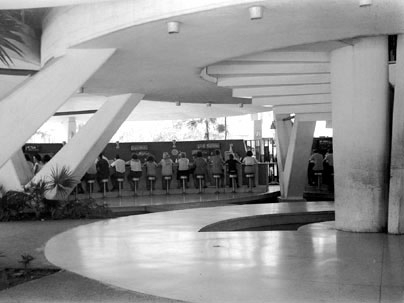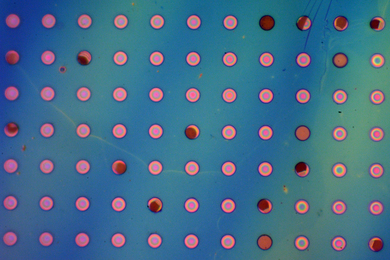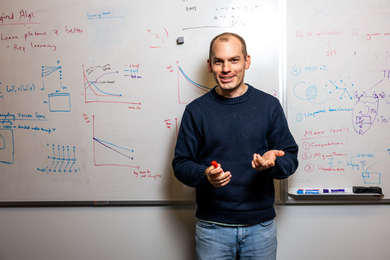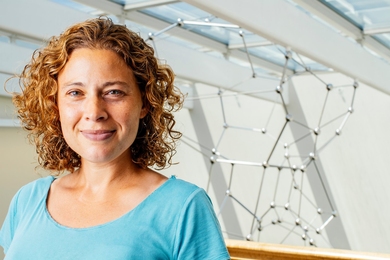Revolution brought a new social order to Cuba and with it a new way of looking at buildings.
Following the overthrow of Fulgencio Batista's regime in January 1959, the new Cuban government, led by Fidel Castro, launched an ambitious national building program designed to support the socialist agenda of the new regime.
The results can be seen in "Architecture and Revolution in Cuba: 1959-1969," an exhibition of digitally restored period photographs and drawings focusing on these state building projects, on view at the Wolk Gallery (Room 7-338) through Dec. 22.
Cuba's building campaign during the 1960s was part of a national effort to reapportion resources across a traditionally stratified society. Focusing on the construction of housing, educational facilities and public works, new federal agencies were created to translate the revolutionary mission into the built environment.
The task fell to a younger generation of architects, since many of the more established architects had gone into exile following the revolution. This new generation of architects including such figures as Ricardo Porro, Mario Girona, Walter Betancourt, Hugo D'Acosta and Mercedes ̪lvarez, experimented with forms and materials to extend the tradition of modernism beyond the prerevolutionary domain of private development and the single-family house.
"Many of the designs for schools, hospitals, office blocks and other structures expanded a modernist vocabulary with new forms and materials and still appear amazingly fresh to us today, like a circular housing complex or a pinwheel plan for the National Ice Cream Parlor in Havana," said Gary van Zante, MIT Museum's curator of architecture and design.
Architecture and Revolution was curated by Eduardo Luis Rodr��guez, a practicing architect, critic and historian who was born in Havana, and organized by the Storefront for Art and Architecture, New York. The Wolk is open weekdays from 9 a.m. to 5 p.m. For more information, call x8-9106 or visit web.mit.edu/sap/www/wolk.
A version of this article appeared in MIT Tech Talk on October 26, 2005 (download PDF).






